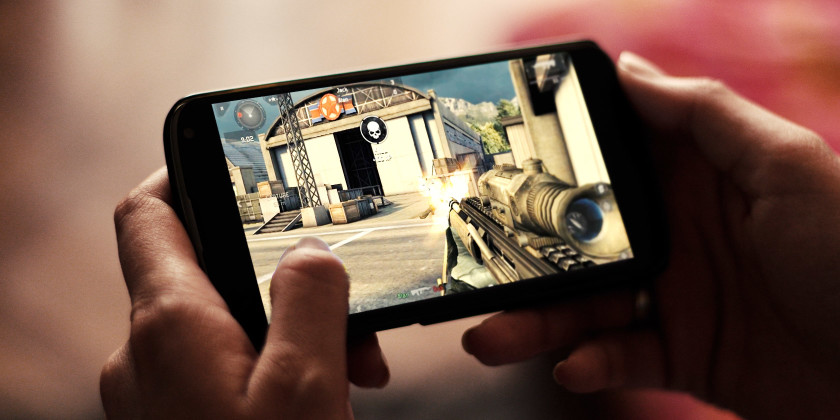Next year, a decade will have passed since the release of the iPhone, the first true smartphone as we know it. During the years, smartphones have evolved at an incredible rate. This year’s flagship phones have multiple cores, powerful GPUs, tons or RAM and processing power, and the capability to access the internet at speeds you wouldn’t believe. At the same time, the screens of the smartphones have become larger, making them better at playing videos and running games. But most of the processing power crammed under the hood of today’s smartphones is wasted.

What games people play
According to a recent study, the majority of smartphone owners play simple games – puzzles, word games, reactors, and similar titles. Besides, there’s a massive segment of online players who play at Euro Palace online a selection of games that need even less hardware resources to run. One of the goals of the Euro Palace Mobile was to make its game library accessible to the widest range of players. Thus, all games you’ll find there go easy on the phones’ hardware. This means that most Euro Palace games run on older smartphones, too, no matter what version of operating system they might run. All games at the Euro Palace are casual, simple, and highly entertaining – preferred by thousands of players all over the world.
A waste of processing power?
Today’s smartphones pack a massive punch – and they are mostly used for trivial things, like browsing social networks, texting, chatting, and taking selfies. The vast majority of people buying them don’t actually need them – they could make do with last year’s model, or the one released one year before. The hardware crammed under the hood of the majority of today’s smartphones puts many desktop PCs to shame – but it definitely exceeds the specs of the average PC used in office environments. And most of the times these hardware resources are not used for productivity – they don’t add anything but entertainment value to the lives of the users, and even that at a cost – advertising, in-app purchases, or the price paid for apps and services to their providers.
Continuum – a great idea
One of the greatest innovations this year was Microsoft’s Continuum, released with the Redmond giant’s latest mobile operating system. Continuum – a feature hardly ever mentioned by the media today – allows users to transform their smartphones into desktop PCs by connecting them to a larger screen. Microsoft’s Universal Apps adapt to the larger screen size, offering their users an interface designed to act like it was a desktop computer. Continuum offers a way for businesses to offer their employees the perfect combination of mobility and ease of use – all this with one pocket-sized device.







